Simplify Teaching: 8 Education Tools That Actually Help
Advertisement
The tools you use can either make your academic life smooth or clutter it up further. Whether you’re a student, teacher, or administrator, managing schedules, assignments, grades, or communication can easily turn chaotic without a proper app in place. Let’s take a look at some standout options that simplify the way education is organized and handled.
What Are the Best Education Management Apps?
Google Classroom
Google Classroom keeps things simple, and that's its beauty. It allows teachers to distribute assignments, give feedback, and keep everything under one roof. Students can access materials from anywhere and submit work without sending multiple emails. The interface is clean, the sync with Google Drive is effortless, and the real-time updates help everyone stay on the same page.
Edmodo
Edmodo feels like a social network tailored for school. It connects teachers, students, and parents in a closed, secure space. Teachers can post quizzes, polls, and assignments. Parents can peek into their child’s progress without interrupting the learning flow. What stands out most is how informal it feels without ever compromising structure.
Schoology
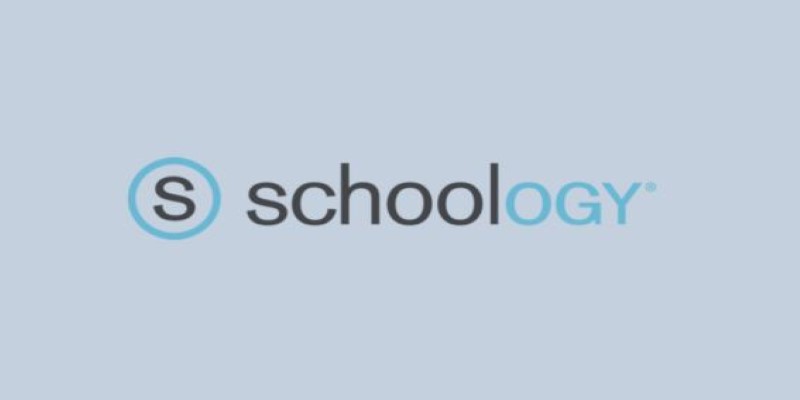
Schoology offers a blend of learning management and collaboration. Teachers can build lessons, track performance, and host discussions. Students can jump in, access resources, and work in groups. It’s well-suited for institutions that want a bit more flexibility in how content is delivered and tracked.
Canvas
Canvas has a polished design and a modular setup that appeals to higher education in particular. Professors can design in-depth courses with multimedia, quizzes, and grading rubrics. Its mobile app is robust, allowing students to participate fully, even on the go. Notifications are timely, and grading is smoother than most alternatives.
PowerSchool
PowerSchool gears more toward school administrators. It handles enrollment, attendance, grading, and scheduling. The reports are detailed, and the dashboards give a clear view of where the institution stands. It's a dependable option for schools that want to keep administrative work streamlined without drowning in paperwork.
Blackboard
Blackboard has been around for a while and continues to deliver strong features. It supports blended and fully online learning. Teachers can upload lecture videos, host discussions, and manage grades. Students have a separate dashboard that shows deadlines and progress. The system also supports integration with other tools, making it highly adaptable.
ClassDojo
ClassDojo focuses more on classroom culture. It lets teachers reward behavior, share photos of class activities, and keep parents in the loop. There’s a friendly vibe to it, which makes younger students more responsive. It’s not a full-fledged learning management system, but it does wonders in building positive habits and keeping communication open.
Alma
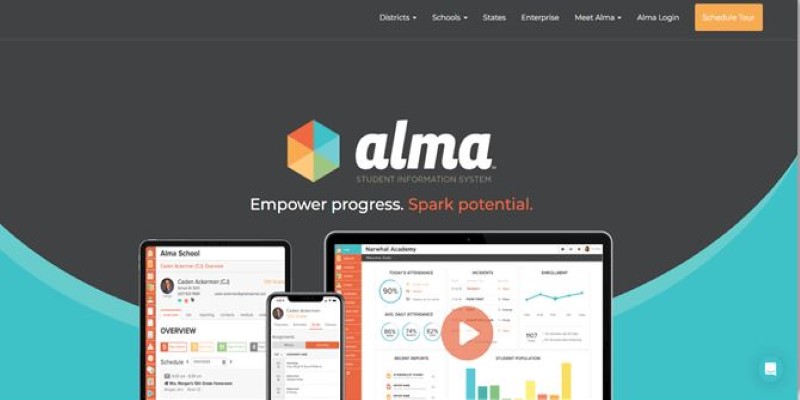
Alma leans into clarity. It provides one of the cleanest views of academic data you'll find. From grade books to student records, everything is laid out in a way that makes sense without needing a manual. Customizable reporting, attendance, and scheduling come together in a way that helps schools see the full picture without information overload.
ThinkWave
ThinkWave is built for smaller schools or individual educators who want to handle grades, assignments, and reporting without a steep learning curve. It supports custom grading scales, lets you upload assignments for students to access online, and allows for detailed progress reports that can be shared directly with parents. The interface is clean and straightforward, which makes it a solid choice for teachers who want to keep digital records without managing a full LMS.
TeacherKit
TeacherKit works more like a personal assistant for educators. It focuses on classroom-level tasks—like tracking attendance, behavior, and student performance—without adding too much overhead. The mobile-first design makes it easy to check rosters, note absences, or log quick feedback during class. While it doesn’t replace a full school-wide system, it’s a great companion tool for teachers looking to stay organized on the go.
How to Use Education Management Apps
Out of all the tools mentioned above, Google Classroom offers the cleanest balance of function and ease. It's free, intuitive, and doesn't try too hard—just gets the job done. Whether you're handling one class or ten, it gives you what you need without slowing you down. Let's walk through how to actually use it well—not just setting it up but keeping it running smoothly every day.
Start with the setup. After logging in, hit “Create class” and fill in the basics like subject and section. Once inside, go to the Classwork tab. Don’t just drop everything in there—organize it. Use topics like “Week 1” or “Chapter 3” to sort your lessons. It saves students from scrolling endlessly. When adding materials, pick the right post type. If something’s just for reading, choose “Material.” If it’s an assignment, set a due date and attach supporting files. You can also schedule posts to avoid dumping everything at once.
Once the class is active, manage the Stream carefully. Think of it as a bulletin board, not a chatroom. Only post what's important—reminders, announcements, or urgent changes. Students will stay more focused if the Stream isn't noisy. On the grading side, don't just mark submissions. Use the grade book to catch patterns—missed work, late submissions, or overall trends. It helps you adjust your teaching without needing a separate tracker. When reviewing assignments, leave comments directly inside the files. It's faster, and students understand your feedback better when it's tied to their actual work.
Wrapping It All Up
Choosing the right education management app isn’t about cramming in the most features—it’s about finding something that works with how you teach, learn, or manage. Whether you go for something as comprehensive as Canvas or as focused as ClassDojo, the goal stays the same: to make education easier to manage without losing touch with its purpose. Start with one tool, set it up with intention, and let it work for you—not the other way around.
Advertisement
Related Articles

The 6 Best eCommerce Website Builders for a Successful Online Store in 2025
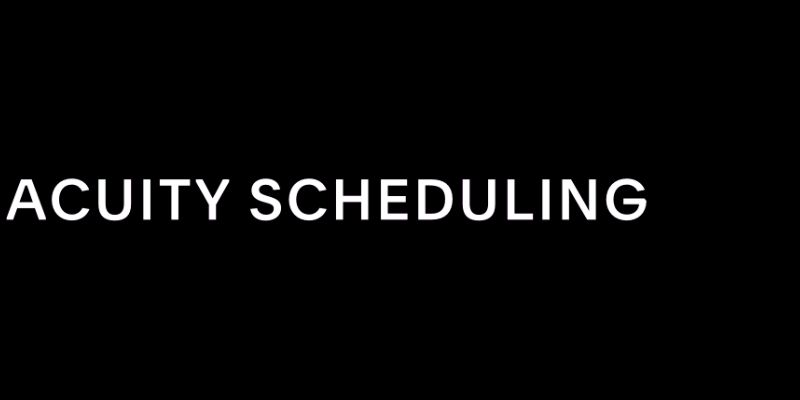
Maximize Efficiency: 7 Ways to Integrate Acuity Scheduling with Your Other Apps

How to Automatically Share New YouTube Videos on Discord: A Step-by-Step Guide

The Best Email Newsletter Platforms and Software in 2025: A Comprehensive Guide
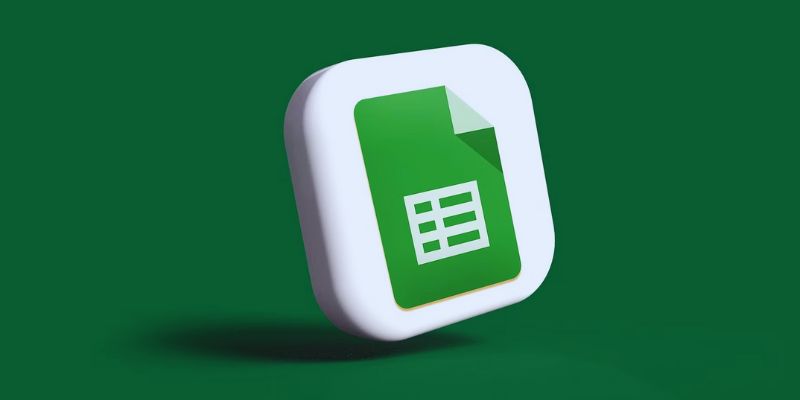
How to Use Google Sheets: A Beginner's Guide to Mastering the Basics

Top 10 Sales Force Automation Apps for the Retail and CPG Industry

The 7 Best Org Chart Software Options in 2025: Streamline Your Workflow
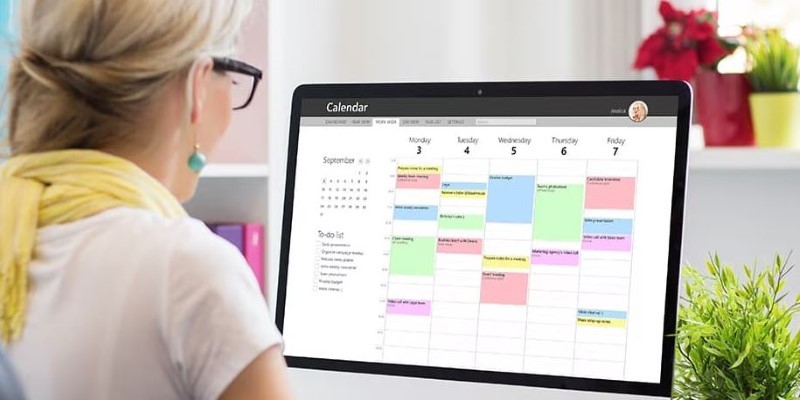
Reliable Calendar Programs for Windows Desktops

Best Ad Blockers for a Cleaner, Faster Web Experience

Best Tools to Manage Field Service Operations Efficiently

Best Browser-Based IDEs for Web Developers
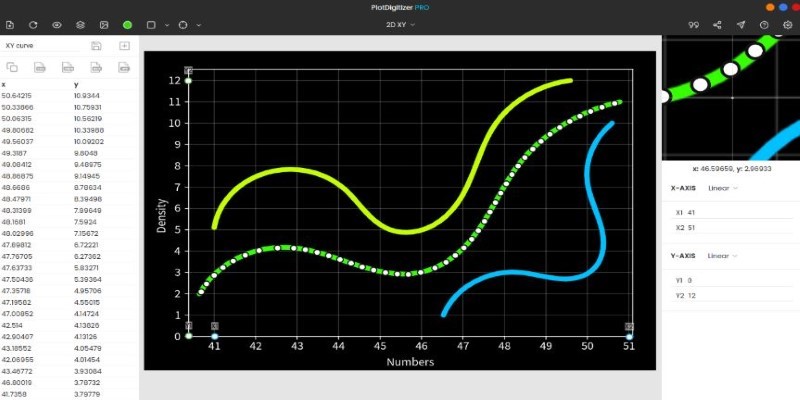
 knacksnews
knacksnews